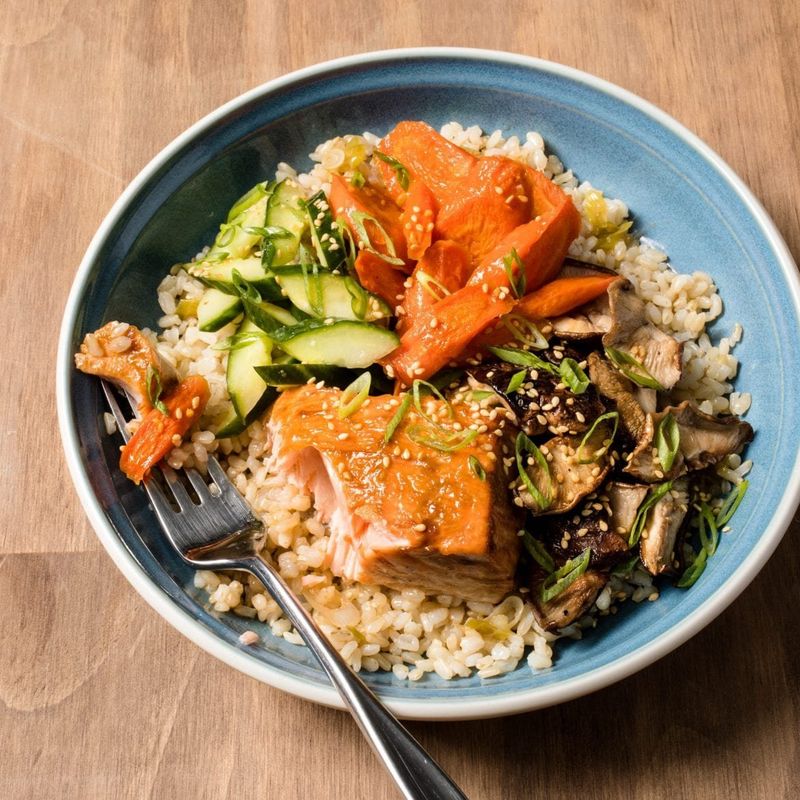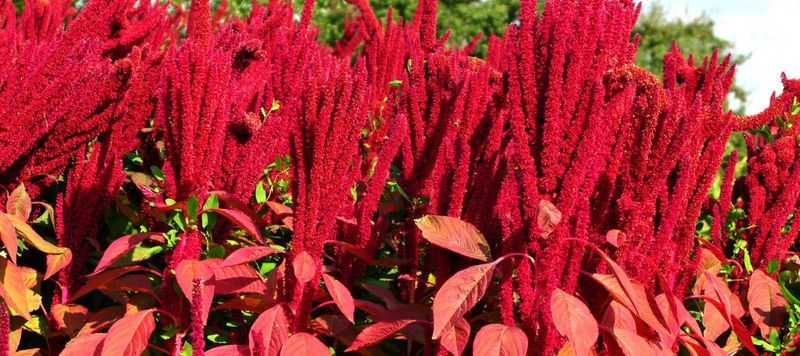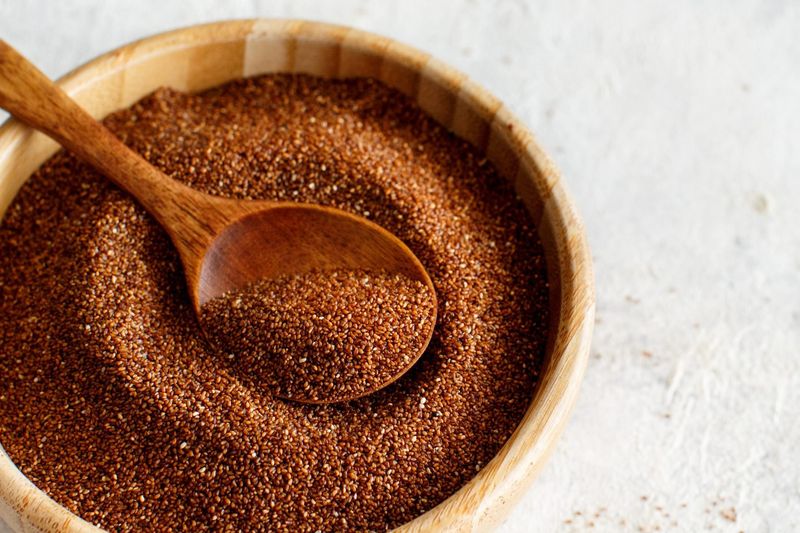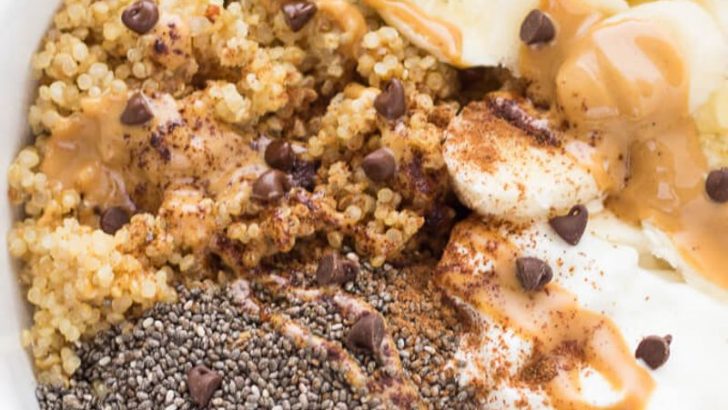Whole grains are an essential part of a healthy diet, offering a range of benefits that can enhance overall wellness. These grains are packed with nutrients, including fiber, protein, and antioxidants, which work together to support heart health, aid digestion, and help maintain a balanced weight. Unlike refined grains, whole grains retain all parts of the grain kernel, making them richer in nutrients. Incorporating a variety of whole grains into your meals not only diversifies your diet but also adds different flavors and textures to your dishes. Here are eight of the healthiest whole grains to include in your dining repertoire.
1. Quinoa

Quinoa, often hailed as a superfood, originates from the Andes and has been a staple in South American diets for centuries. This pseudo-grain is not only gluten-free but also packed with protein, making it a fantastic choice for vegetarians and vegans. Its nutty flavor and fluffy texture can elevate any meal. Whether used in salads, soups, or as a rice substitute, quinoa’s versatility is unmatched. Furthermore, quinoa is rich in essential amino acids, iron, and magnesium, supporting muscle repair and energy production. Try incorporating it into your daily meals for a nutritious boost.
2. Farro

Farro, an ancient grain with roots tracing back to the Roman Empire, offers a chewy texture and nutty flavor. This grain is a great source of protein, fiber, and iron, making it a nutritious addition to soups, salads, or even breakfast bowls. Its hearty nature provides a satisfying bite, perfect for those looking to diversify their grain choices. As a good source of antioxidants, farro may contribute to reducing inflammation and promoting heart health. Enjoy a warm farro salad with roasted vegetables for a wholesome meal that keeps you energized.
3. Barley

Barley, with its rich history dating back thousands of years, remains a staple in many diets due to its hearty texture and nutty flavor. Packed with soluble fiber, barley supports heart health by helping to lower cholesterol levels. It’s an excellent addition to stews, soups, or as a side dish. The grain’s high beta-glucan content aids in maintaining stable blood sugar levels, making it beneficial for people with diabetes. Barley also contains essential minerals like selenium and manganese, which enhance antioxidant protection. Relish a comforting barley risotto for a nourishing experience.
4. Buckwheat

Buckwheat, despite its name, is not related to wheat and is naturally gluten-free. Its robust, earthy flavor pairs well with hearty dishes. Rich in flavonoids and antioxidants, buckwheat supports cardiovascular health. It’s a versatile grain used in making soba noodles and pancakes, offering numerous culinary possibilities. This pseudo-grain is also a good source of magnesium and fiber, aiding in digestion and reducing blood pressure. Try buckwheat in your morning pancakes for a delightful and nutritious start to the day. Its unique taste and health benefits make it a must-try grain.
5. Brown Rice

Brown rice, a whole grain staple, is valued for its nutty flavor and chewy texture. It’s a great source of magnesium, phosphorus, and B vitamins, supporting energy metabolism and nerve function. Unlike white rice, brown rice retains its bran and germ, enhancing its nutritional profile. High in fiber, it aids digestion and promotes satiety, helping in weight management. Whether served as a side dish or a base for grain bowls, brown rice is a versatile ingredient. Pair it with grilled vegetables and lean proteins for a balanced meal that satisfies.
6. Millet

Millet, a staple in many cultures, offers a mild, sweet flavor and is gluten-free. Its small, round seeds are rich in magnesium and phosphorus, supporting bone health and energy production. Millet’s versatility makes it a great choice for porridge, salads, or even pilafs. This ancient grain can thrive in harsh climates, making it a sustainable crop option. Its high antioxidant content aids in reducing oxidative stress, promoting overall well-being. Incorporate millet into your diet for a unique texture and flavor, while enjoying its numerous health benefits.
7. Amaranth

Amaranth, a vibrant pseudo-grain, was a staple for the Aztecs, known for its nutritional density. This gluten-free grain is rich in protein and lysine, an amino acid essential for tissue growth and repair. Amaranth’s earthy flavor and slightly sticky texture make it ideal for porridges and baking. It’s also high in fiber and iron, supporting digestive health and oxygen transport. Enjoy amaranth as a breakfast porridge topped with fruits and nuts for a wholesome start to your day. Its rich history and health benefits make it a grain worth exploring.
8. Teff

Teff, originating from Ethiopia, is a tiny grain with a mild, nutty flavor. Rich in iron and calcium, teff supports bone health and prevents anemia. Its small size means it cooks quickly, making it a convenient choice for busy lifestyles. Teff is often used to make injera, a traditional Ethiopian flatbread, offering a unique culinary experience. Its high fiber content aids in digestion and helps maintain stable blood sugar levels. Whether used in baking or as a porridge, teff’s nutritional profile makes it an exceptional addition to your diet.

Well, hello there!
My name is Jennifer. Besides being an orthodontist, I am a mother to 3 playful boys. In this motherhood journey, I can say I will never know everything. That’s why I always strive to read a lot, and that’s why I started writing about all the smithereens I came across so that you can have everything in one place! Enjoy and stay positive; you’ve got this!

